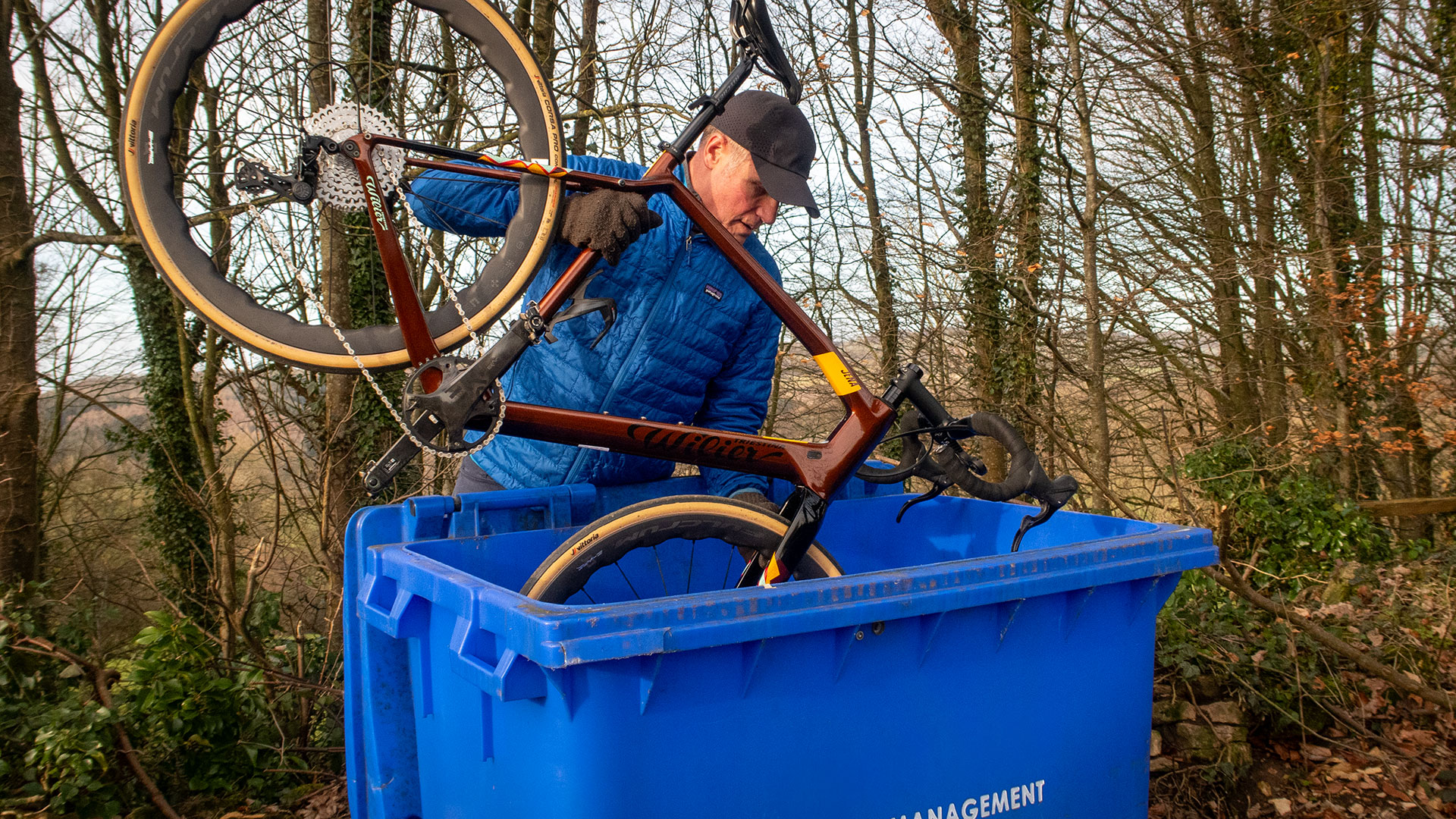
This article is part of a series called ‘A love letter to…’ where Cycling Weekly writers (usually) pour praise on their favourite cycling items and share the personal connection they have with them. In this case, however, our tech editor decided to write a break-up letter to his gravel bike. Don't worry, it all worked out well in the end, and no Wilier Jenas were harmed during the writing of this piece.
The below content is unfiltered, authentic and has not been paid for.
Everyone loves a gravel bike, right? Rugged, handsome and seemingly game for anything, they’ve become the default, the do-it-all ‘only bike you’ll ever need’. Much like an adorable puppy who’s always eager to please, is it any wonder they’re so popular?
Gravel bikes are comfy, capable and cool. Their chunky go-anywhere good looks appeal to our sense of adventure, they promise excitement, action, a healthy slice of nature, a fierce, echoing response to the call of the wild.
What’s more, it's acceptable - de rigueur, even - to accessorise them with all manner of knobbly tyres, sturdy racks, macho faux canvas bags and assorted add-ons considered vulgar by disapproving roadies, the killjoy arbiters of bicycling good taste. To look the part, just make sure that whatever you attach to your bike - with Voile straps, naturally - is olive green, dung brown or straw yellow and you’re good to go.
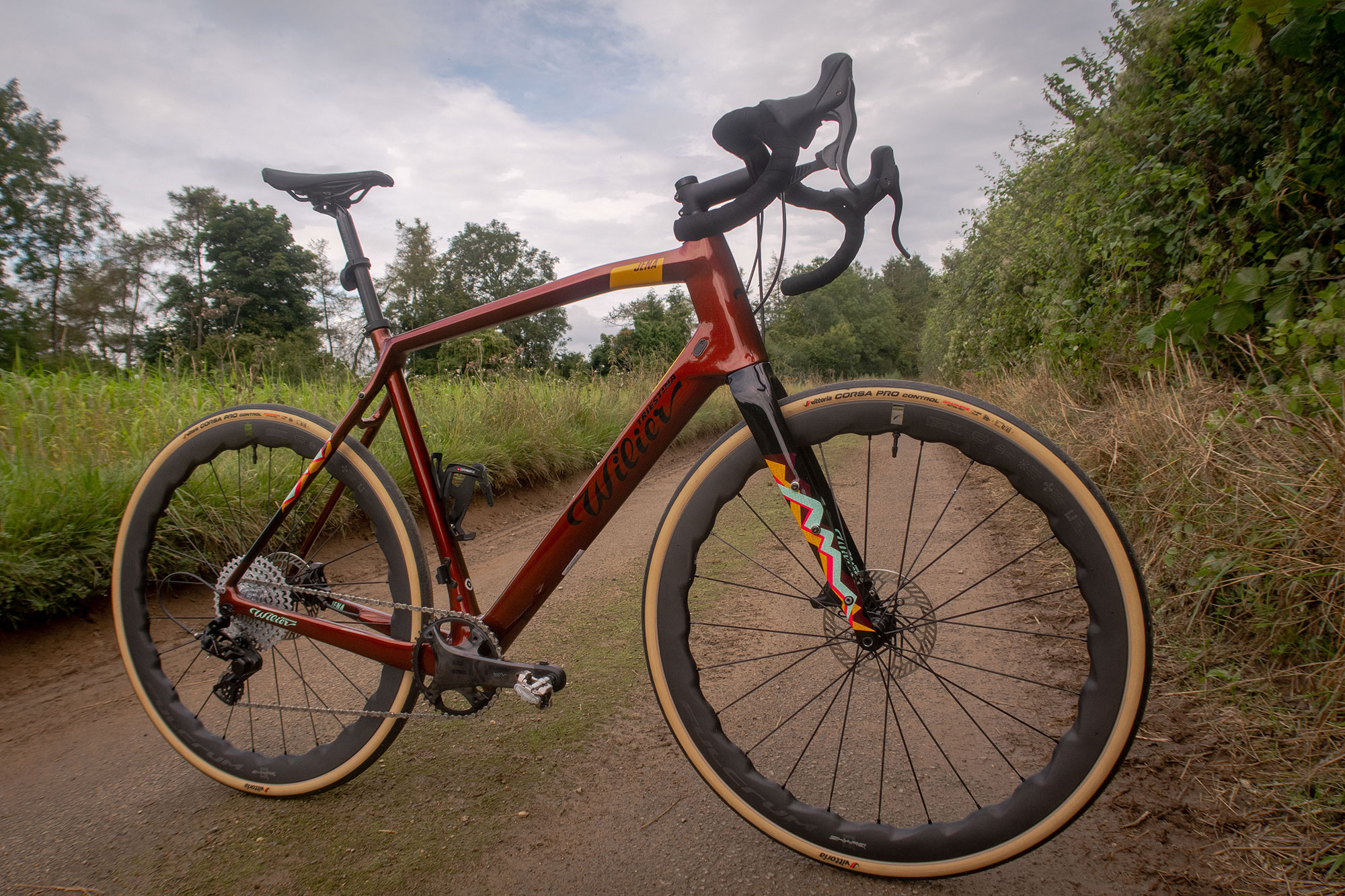
Except, I don’t want to go anywhere gravelly on my gravel bike. Bought in a moment of weakness – in other words: an end-of-season sale – it’s an impulsive purchase I became close to regretting. To be clear, there’s nothing wrong with the bike. It’s a gorgeous Wilier Jena, equipped with Campagnolo Ekar 13-speed, a purposeful gravel bike that, through no fault of its own, now lacks much of its purpose.
I suspect I’m not the only one who has bought a gravel bike by mistake after being swept along on a tidal wave of ‘one bike to rule them all’ enthusiasm. Their popularity is astonishing.
I suspect I’m not the only one who has bought a gravel bike by mistake...
The Bicycle Association, which tracks sales data from both brick-and-mortar and online retailers in the UK, says that around 30,000 gravel bikes were sold in the 12 months ending July 2024. This represents a 15% jump compared to the same period the previous year, and a massive 284% increase compared to pre-pandemic sales.
I do wonder how many buyers end up using them to ride gravel, though. Proper gravel that is, of the sort you find in the Midwest, USA, as opposed to the slimy bridlepaths you find in the Midlands, UK.
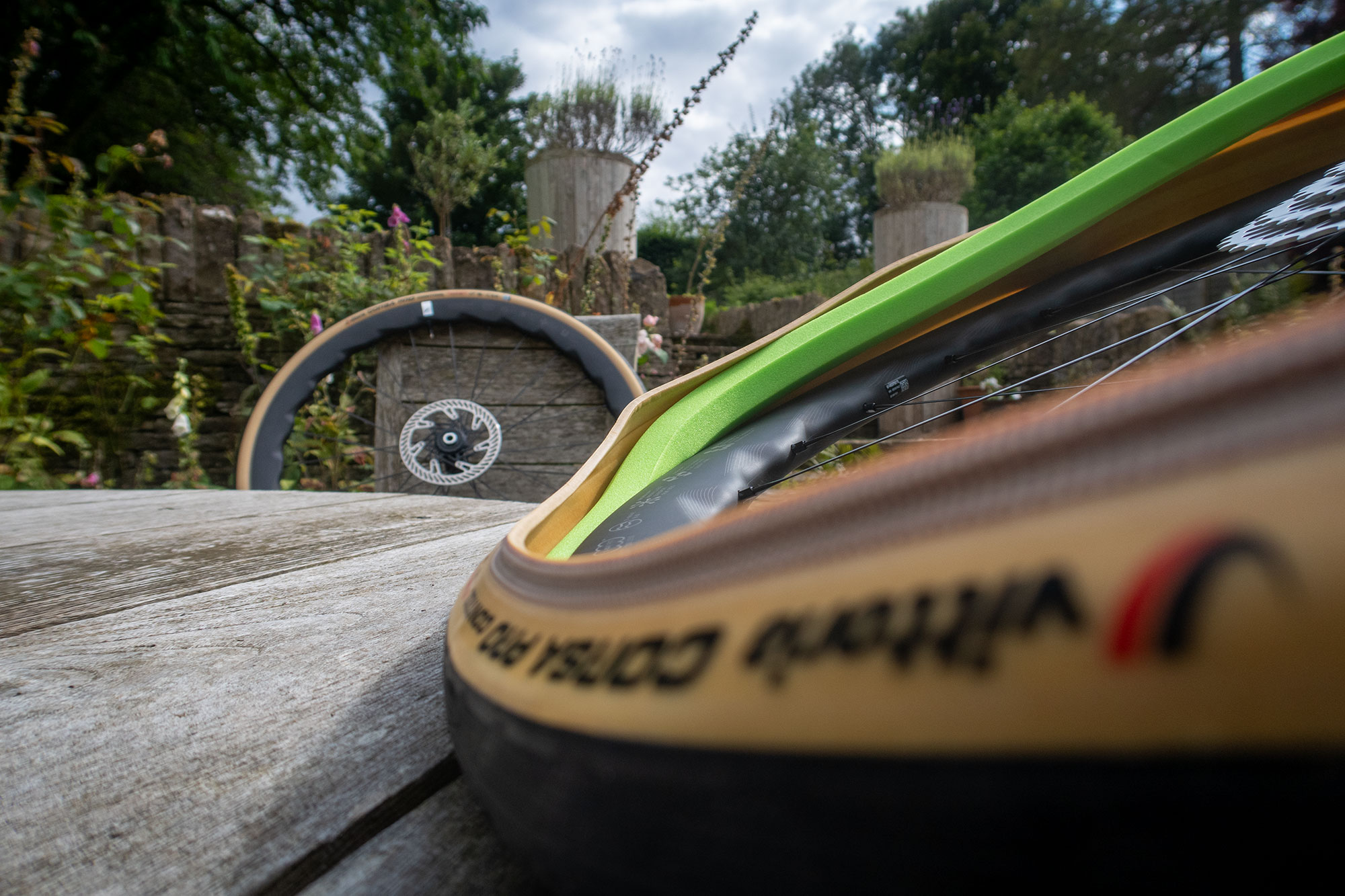
It is, of course, my gravel bike’s versatility that’s been its saviour. With minimal modifications, my 2022 Wilier has been repurposed as a more than passable rough ’n tumble endurance road bike. Like me, many gravel bike owners I know eventually abandon sloppy second-rate gravel for faster country lanes and byways, swapping out the knobbly tyres for something more suitable, such as a set of rapid, slick 32mm Specialized Roubaix Pros or Vittoria Corsa Pro Controls. Others repurpose them as winter bikes by fitting sturdy road tyres and attaching full guards/fenders.
Change is afoot though, and gravel racing is much in vogue, thanks to a mega-event in the Sunflower State of Kansas, as well as another in neighbouring Colorado. The surge in gravel racers registering for Unbound and SBT GRVL has become almost unmanageable. More than 3,000 competitors rode SBT GRVL in 2024, while Unbound attracted 5,000 riders, almost double the number that competed in 2021.
Unsurprisingly, this hasn’t gone unnoticed by the major cycling brands. Over the past year or so, every gravel product launch I have attended has been influenced by these big US races in a quest for increased off-road speed and the promise of podium glory.
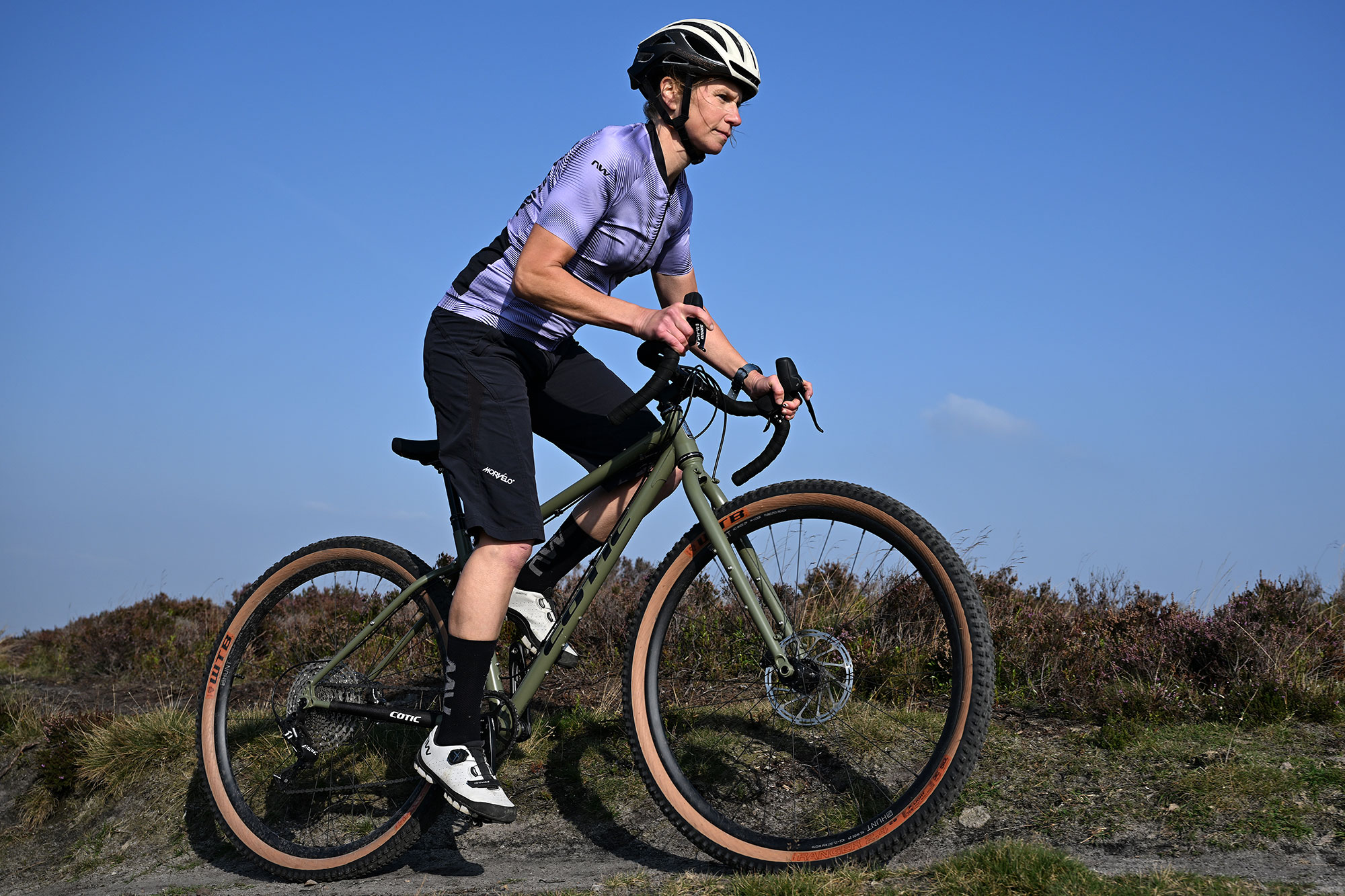
Gravel bikes are evolving rapidly. Geos are getting slacker, we’re seeing suspension front and rear, tyres are ballooning wider, as are internal rim widths to accommodate them. Gear ranges? Well, they’re now vast enough to rival mountain bikes.
This trend for gravel bikes to be more off-road focussed doesn’t bother me in the least, so don’t give me that stoney look. Truth is, I welcome it - they’re called gravel bikes for crying out loud, what did I expect? But as they become more proficient off road, they become less proficient on road.
Part of a gravel bike’s appeal in the UK, and I’m sure elsewhere too, was the ability to join up modest stretches of Champagne gravel with fast-flowing tarmac. Many of my gravel rides here in the Cotswolds are substantially more tarmac than gravel, and I live in the middle of the countryside. Riding road with 50mm plus tyres doesn’t really appeal.
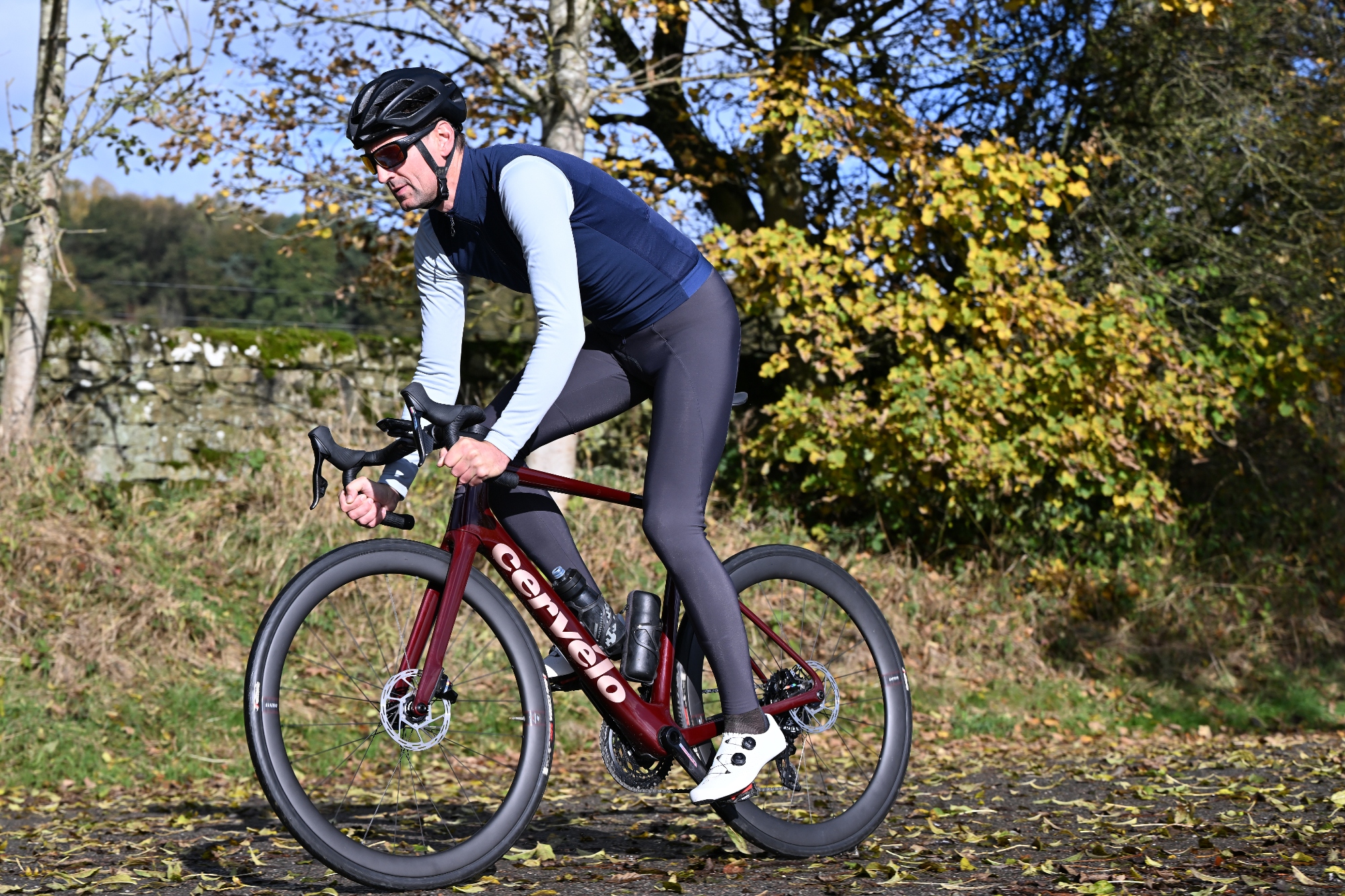
In short, and very simplistically, I’d argue that modern gravel bikes aren’t as versatile as their predecessors of just a few years ago. So, buyer beware. Think carefully about buying a die-hard contemporary gravel muncher if you’re going to spend a large proportion of your time on tarmac and the rest on, let’s be honest, pretty tame trails.
Fortunately, the ever-inventive bike industry has a solution - the all-road bike. It’s what I should have bought back in 2022, if only they had been available then. Yes, the term all-road has been knocking around for a while but it’s only in the last year or so that these bikes have evolved into something truly functional.
Picture an endurance road bike with a slightly beefed-up frame and clearance for 38mm tyres. A bike that’s swift, comfortable and handles well both on tarmac and polite gravel. Well, here at Cycling Weekly, we’ve been inundated with exactly this kind of all-road bike recently - the BMC Roadmachine, Ribble Allroad, Cervelo Caledonia-5 and Pashley Roadfinder to name but a few. Just today, I heard of two major brands that are about to launch new all-road ranges within weeks.
So there you have it: I should never have bought a gravel bike, I should have bought an all-road bike instead. The beautiful thing is, as gravel bikes become more hard-core and endurance bikes become more versatile, we, the consumer, benefit from more choice. That’s got to be a good thing.







